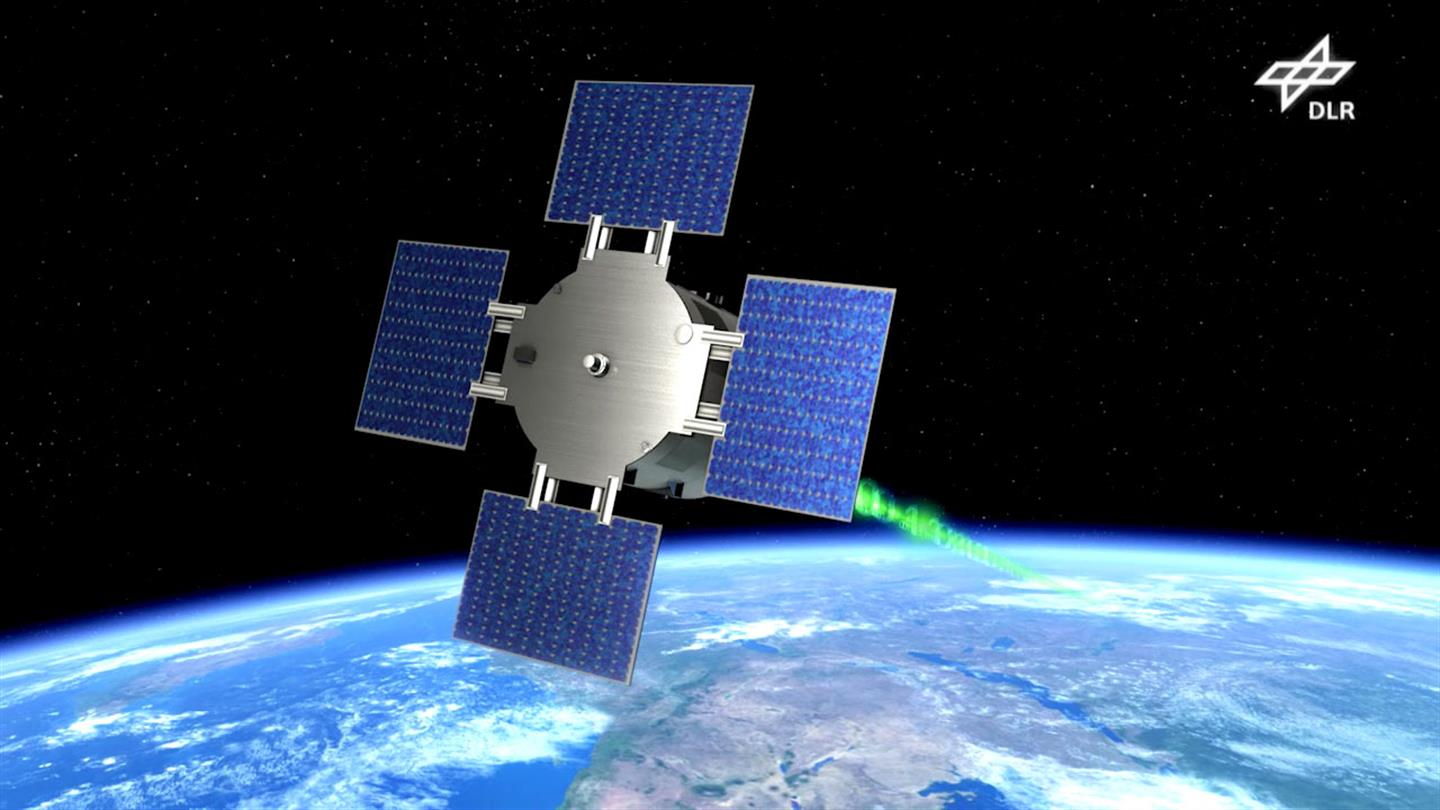Feb 1, 2017
ORNL researchers break data transfer efficiency record
Posted by Karen Hurst in categories: particle physics, quantum physics
My friends at ORNL just announced they broke a record in the transmittal of information via Qubits this week. We’re getting closer for our QC networking and storage capabilities.
OAK RIDGE, Tenn., Feb. 1, 2017 — Researchers at the Department of Energy’s Oak Ridge National Laboratory have set a new record in the transfer of information via superdense coding, a process by which the properties of particles like photons, protons and electrons are used to store as much information as possible.
The ORNL team transferred 1.67 bits per qubit, or quantum bit, over a fiber optic cable, edging out the previous record of 1.63 per qubit.
Continue reading “ORNL researchers break data transfer efficiency record” »


















